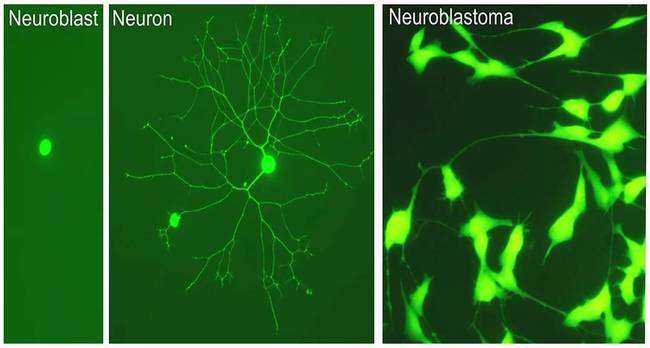BRAINTALK Project: Bringing the Parkinson’s Community Together
BRAINTALK ‘Brain Research And Individuals Networking for Teaching, Assisting, Learning and Knowledge’, is a project proposed by Dr. Shane Hegarty, Dr. Gerard O’Keeffe and Professor Aideen Sullivan, Department of Anatomy & Neuroscience, University College Cork, which was granted the prestigious New Foundations Award by the Irish Research Council.

The BRAINTALK project aims to bring together researchers, clinicians and people with Parkinson’s disease to create an active, interconnected Parkinson’s community in Ireland, which together strives to improve the management and research outcomes of Parkinson’s disease. The overarching objective of the ‘Parkinson’s Community Meeting and Exhibition’ is to encourage interaction between, and contribution from, researchers, clinicians and people with Parkinson’s for the purpose of exchanging and disseminating knowledge.
Below is a review of the...



